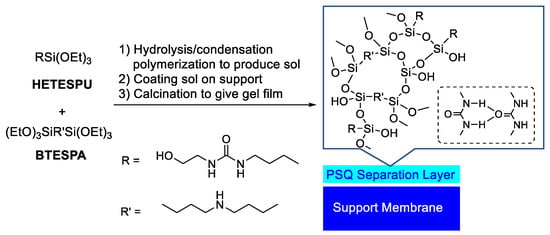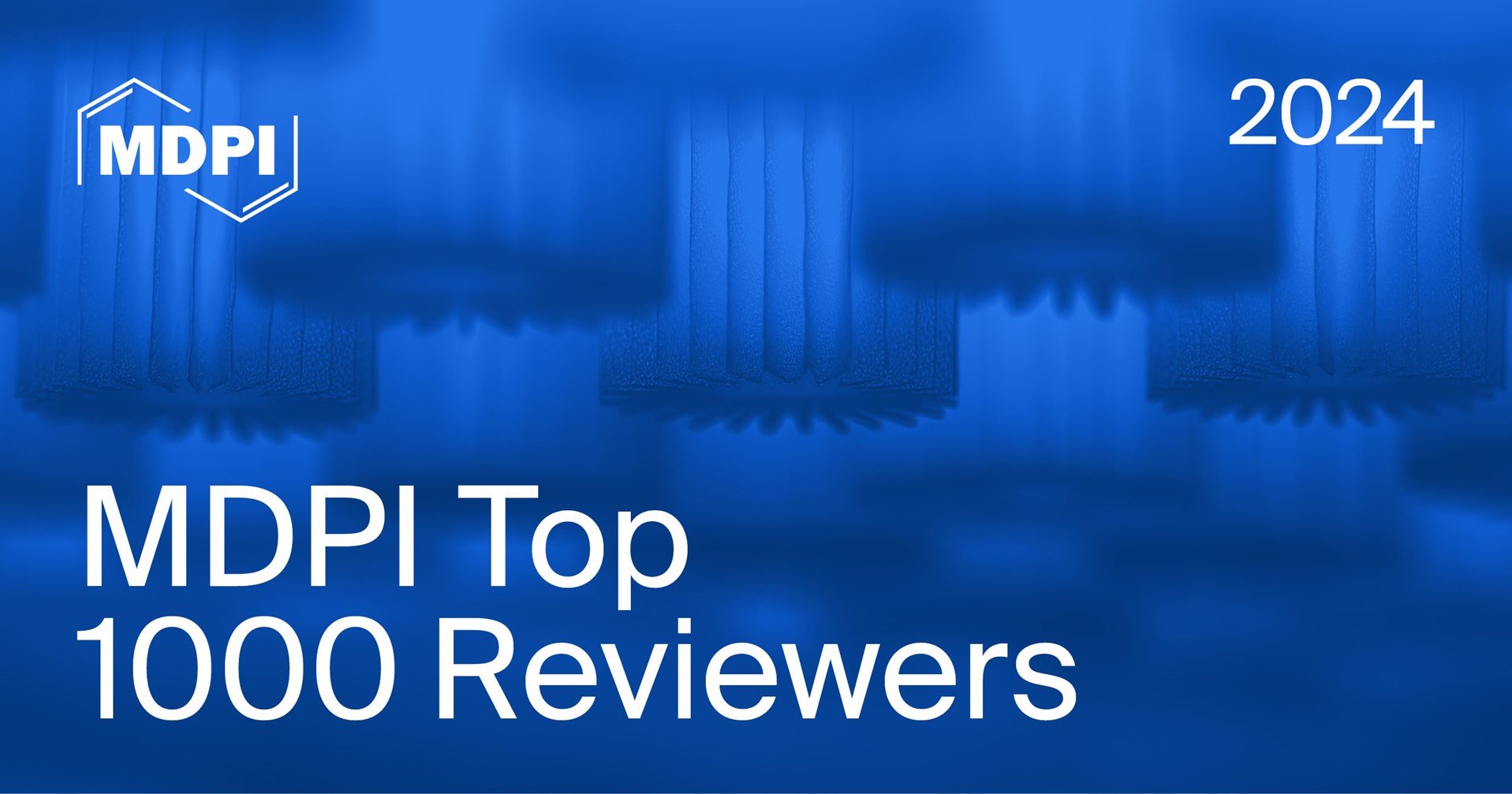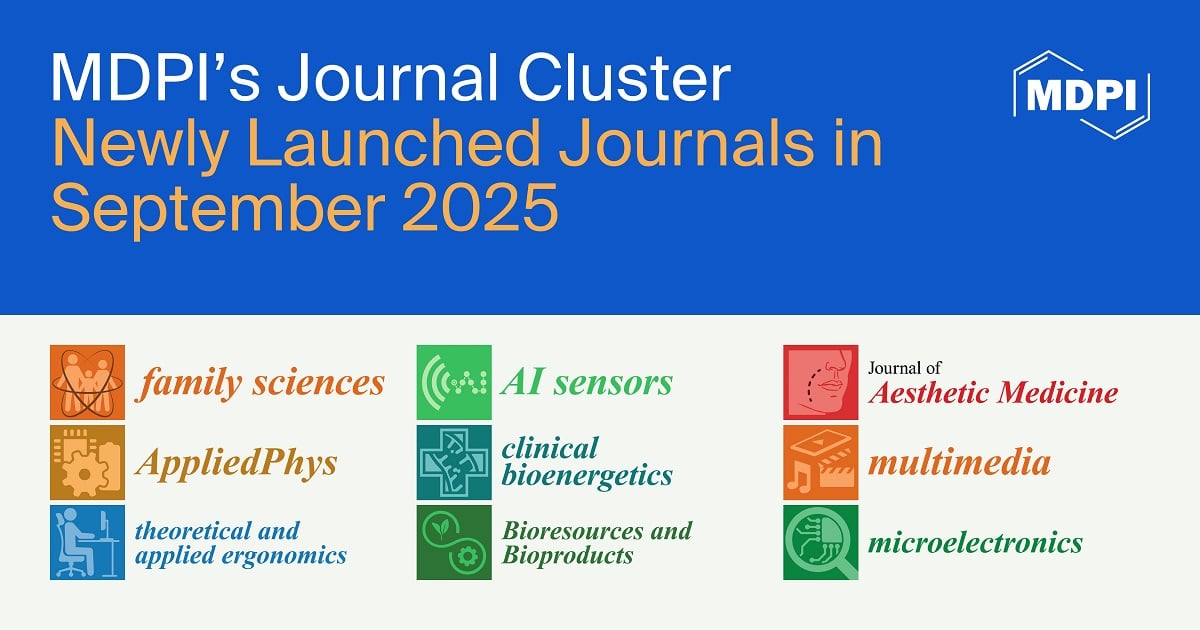-
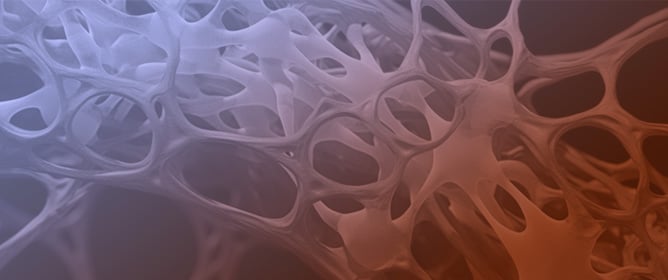 Adsorption of Myelin Basic Protein on Model Myelin Membranes Reveals Weakening of van der Waals Interactions in a Lipid Ratio-Dependent Manner
Adsorption of Myelin Basic Protein on Model Myelin Membranes Reveals Weakening of van der Waals Interactions in a Lipid Ratio-Dependent Manner -
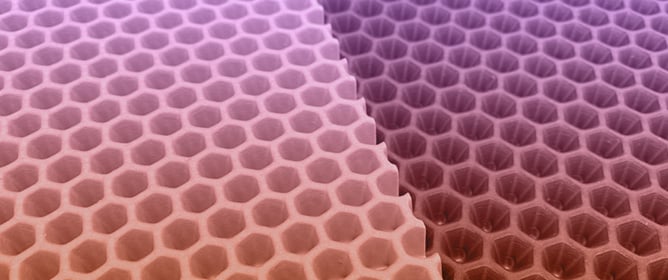 Improved Antimicrobial Properties of White Wastewater Protein Hydrolysate Through Electrodialysis with an Ultrafiltration Membrane (EDUF)
Improved Antimicrobial Properties of White Wastewater Protein Hydrolysate Through Electrodialysis with an Ultrafiltration Membrane (EDUF) -
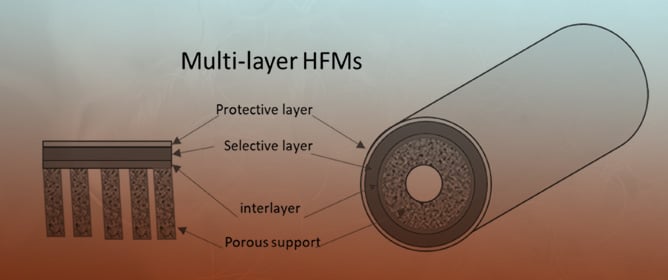 Review of Hollow Fiber Membranes for Gas Separation: Exploring Fundamentals and Recent Advancements
Review of Hollow Fiber Membranes for Gas Separation: Exploring Fundamentals and Recent Advancements -
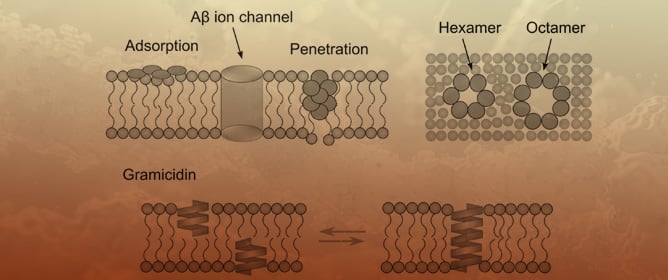 Amyloid β 1-42 Can Form Ion Channels as Small as Gramicidin in Model Lipid Membranes
Amyloid β 1-42 Can Form Ion Channels as Small as Gramicidin in Model Lipid Membranes -
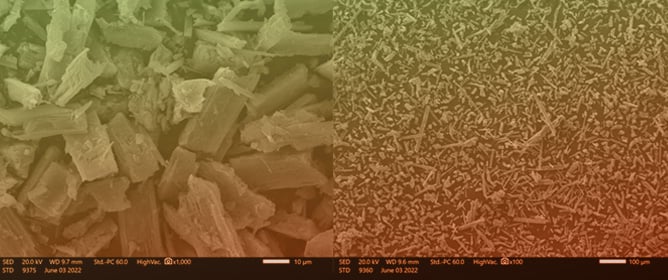 Valorization of Anaerobic Liquid Digestates Through Membrane Processing and Struvite Recovery—The Case of Dairy Effluents
Valorization of Anaerobic Liquid Digestates Through Membrane Processing and Struvite Recovery—The Case of Dairy Effluents
Journal Description
Membranes
- Open Access— free for readers, with article processing charges (APC) paid by authors or their institutions.
- High Visibility: indexed within Scopus, SCIE (Web of Science), Ei Compendex, PubMed, PMC, CAPlus / SciFinder, Inspec, and other databases.
- Journal Rank: JCR - Q2 (Polymer Science) / CiteScore - Q1 (Chemical Engineering (miscellaneous))
- Rapid Publication: manuscripts are peer-reviewed and a first decision is provided to authors approximately 17 days after submission; acceptance to publication is undertaken in 3.5 days (median values for papers published in this journal in the first half of 2025).
- Recognition of Reviewers: reviewers who provide timely, thorough peer-review reports receive vouchers entitling them to a discount on the APC of their next publication in any MDPI journal, in appreciation of the work done.
Latest Articles
E-Mail Alert
News
Topics
Deadline: 31 October 2025
Deadline: 30 November 2025
Deadline: 31 December 2025
Deadline: 15 March 2026
Conferences
Special Issues
Deadline: 31 October 2025
Deadline: 31 October 2025
Deadline: 31 October 2025
Deadline: 31 October 2025







